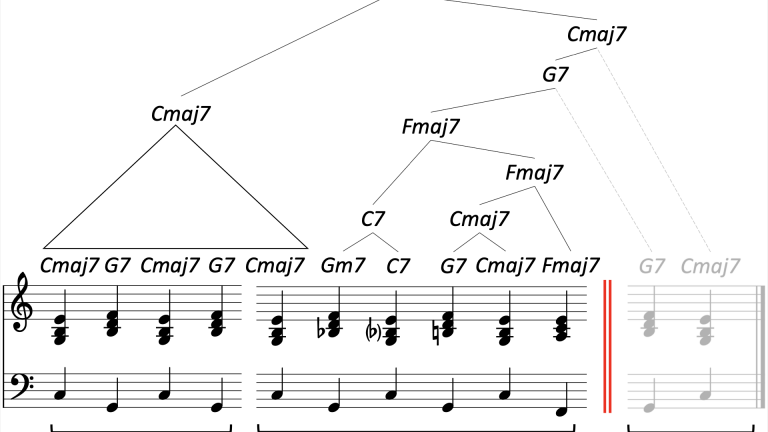
Hierarchical syntactic structure predicts listeners’ sequence completion in music
Studies in psycho-linguistics have provided compelling evidence that theoretical syntactic structures have cognitive correlates that inform and influence language perception. Generative grammar models also present a principled way to represent a plethora of hierarchical structures outside the domain of language. Hierarchical aspects of musical structure, in particular, are often described through grammar models. Whether such (…)
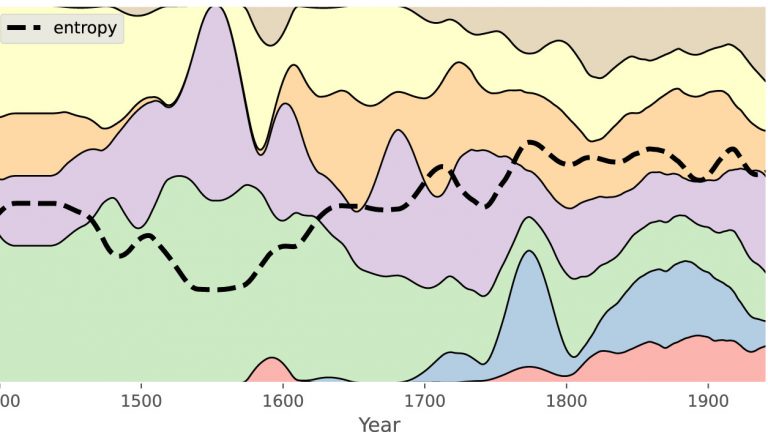
Discovering latent tonal “topics” in a large historical corpus
In a study, recently published in Music & Science, DCML researchers Fabian C. Moss, Markus Neuwirth, and Martin Rohrmeier use Latent Dirichlet Allocattion (LDA), one of the most pervasive topic models in the Digital Humanities, to uncover underlying “tonal profiles”: distributions of pitch classes. Tracing topics over ~600 years shows historical changes in tonality, in (…)
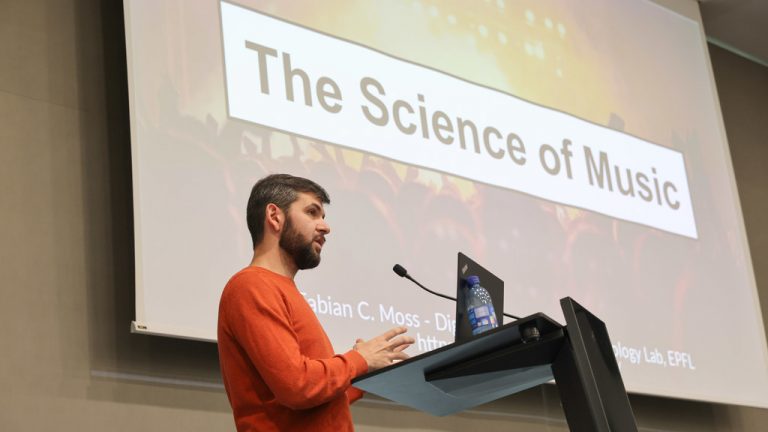
The Science of Music at EPFL’s student Information Days
Around 2’000 prospective students from across Switzerland visited the EPFL campus for the 2021 Infodays to discover EPFL’s study programs and student life. DCML researcher Fabian C. Moss introduced about 120 high schoolers to the fascinating topic “The Science of Music”, showcasing aspects of his research at the Digital and Cognitive Musigology Lab.
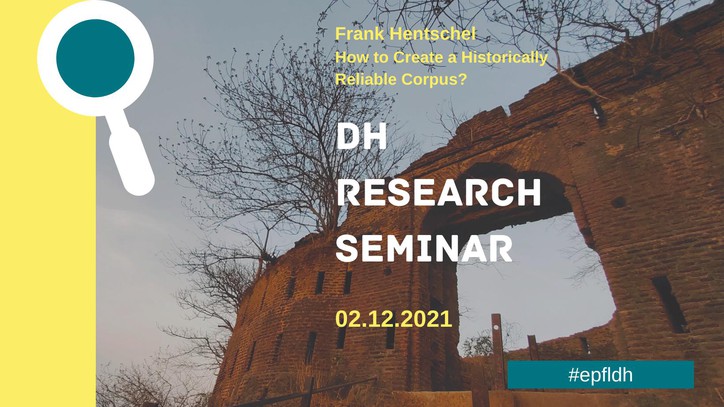
DH Research Seminar by Frank Hentschel on December 2nd
How to Create a Historically Reliable Corpus? As digital methods allow more and more quantitative approaches even with respect to historical research, corpus studies are gaining immensely in significance. But how to create corpora that allow robust hypotheses and eventually reliable conclusions? How many sources do we need? Ho must they be selected? What mistakes (…)
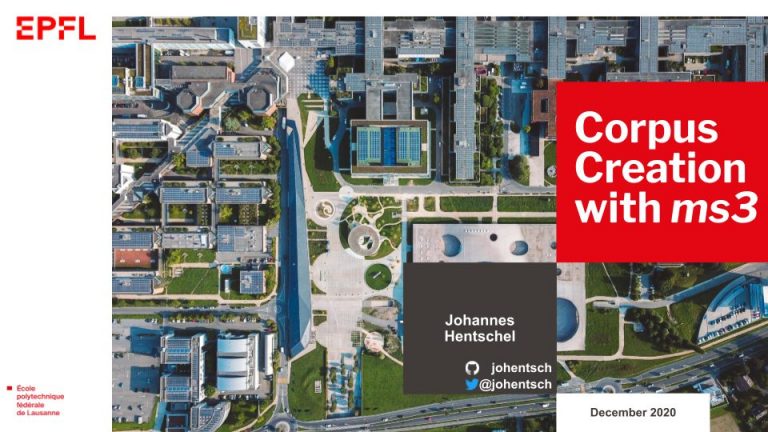
The MuseScore Parser ms3
The DCML has created a large collection of ~1,000 annotated MuseScore files which contain harmonic analysis encoded in the DCML harmonic annotation standard. So far, only a very small portion of it, the Annotated Beethoven Sonatas, is publicly available, but the rest will follow suit. In this short presentation (< 8 minutes), Johannes gives an (…)
We are hiring!
We are recruiting two new researchers at the Digital and Cognitive Musicology Lab (DCML) at EPFL in Lausanne: · 1 PhD position in Computational Modeling of music. The project seeks to explore the connection between deep neural networks and symbolic models of musical structure. · 1 PhD position in Music Psychology with a focus on (…)
Hierarchical Annotation of MEI-encoded Sheet Music
This is an online version of the poster presenting the DCML Reductive Annotation App at ISMIR 2020 Late-Breaking Demo track. What is it? A webapp for analysing scores Analysis is seen as relating notes to each other in different levels of significance in a specific type of relation Analysis is interaction with score Analysis does (…)
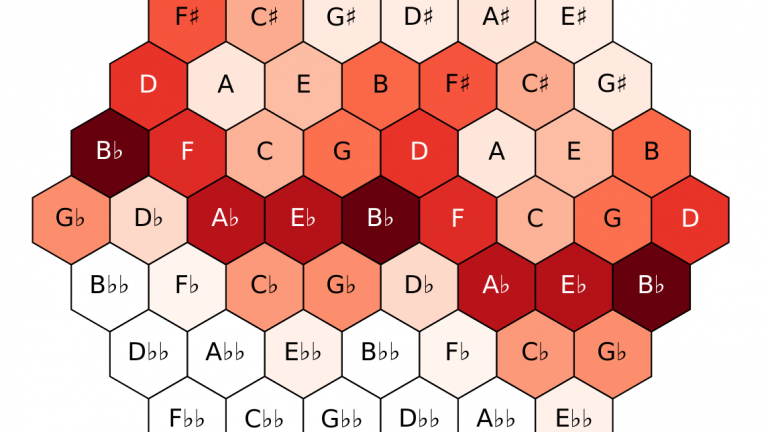
A computational model for note distributions in musical pieces
The goal of music theory is to describe and explain underlying structure in musical compositions in systematic and consistent ways. For centuries, theorists have written e. g. about different tuning systems, compositional rules for combining notes, and the formal arrangement within musical pieces. In the 19th century, a heated debate took place of how to (…)
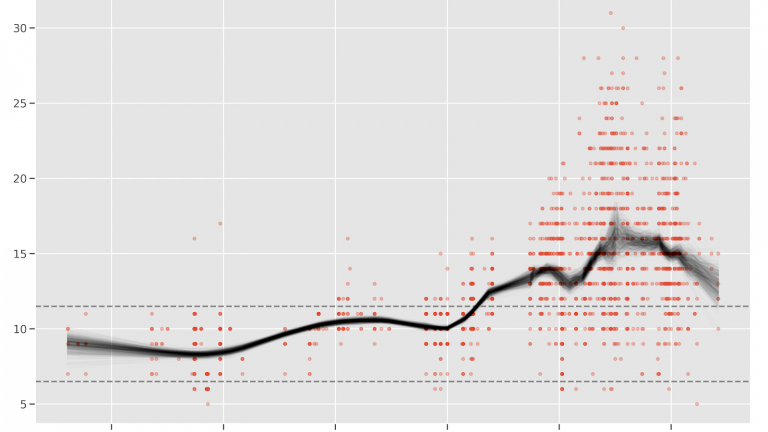
Tracing historical changes in the exploration of tonal space
It is almost trivial to state that composers from different times write music in very different styles. But how can aspects of this stylistic differences be investigated on a larger scale? How can we study whether there are systematic changes in the way music evolves throughout time? Traditional music theorists address questions like these by (…)
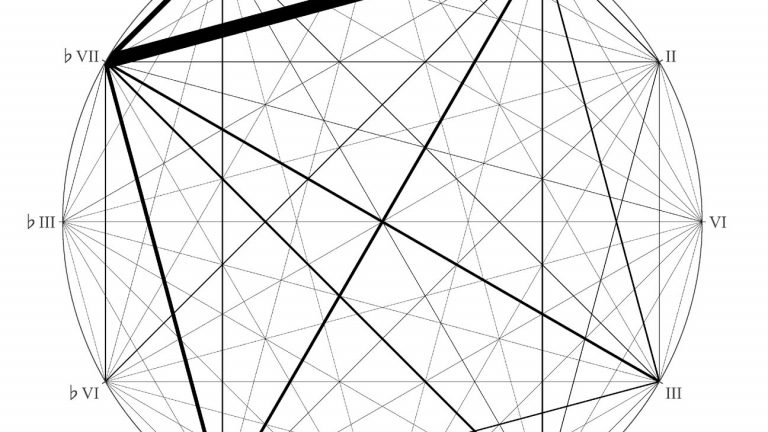
Empirical studies on functional harmony
As part of EPFL’s 2019 Open Days the DCML made available to the public an experiment to investigate the perceptual reality of long-term dependencies, which are predicted by the syntactic model of tonal harmony, and functional equivalences, which are predicted by music-theoretical accounts of tonal harmony (Riemannian functions, Octatonic equivalence classes) and complement the syntactic (…)